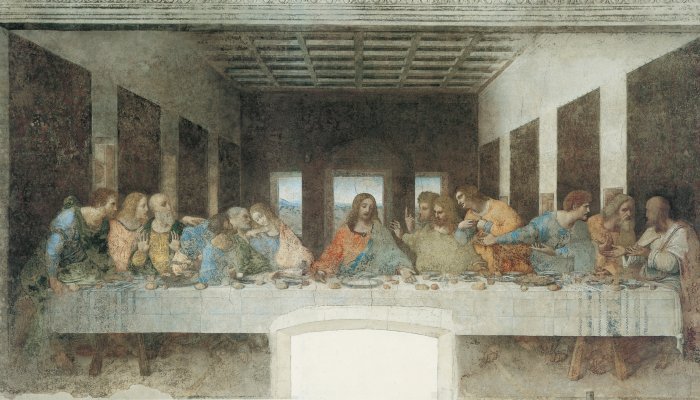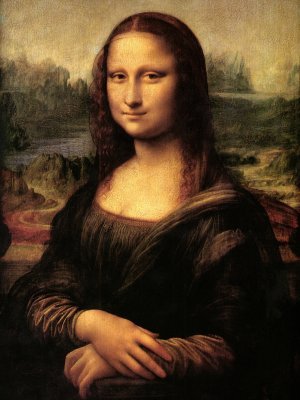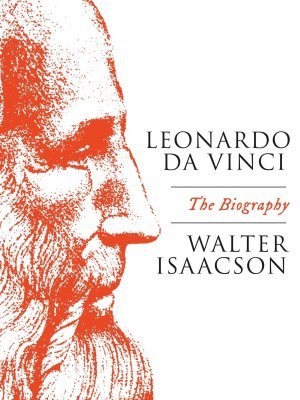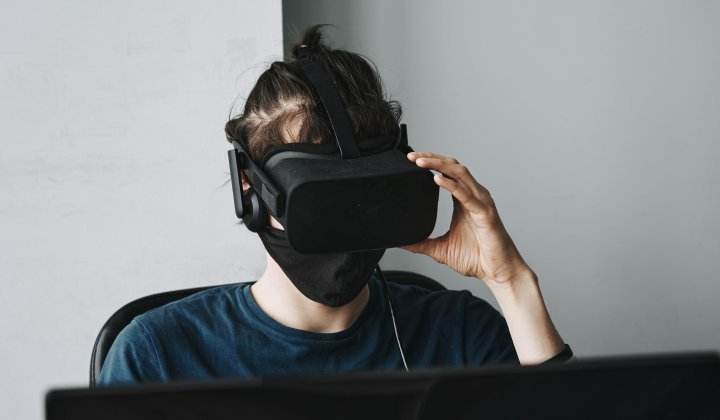You’ve written – famously – about Steve Jobs, Albert Einstein and Benjamin Franklin. What’s the thread that links them to da Vinci? Why Leonardo da Vinci?
I’ve always been interested in people who combine art and science. That’s what Einstein was about, Steve Jobs, that’s what he was about, also Ben Franklin, and I believe that when you do that, you have real creativity. Leonardo was the ultimate in doing that. He loved everything from anatomy to zoology, as well as art, and by doing so, it made him creative. So, my books try to explore what is creativity and how it happens.
Da Vinci left just over a dozen paintings, including, of course, the Mona Lisa and The Last Supper, but you come at him through his Codexes – or notebooks, as we would call them. These are a dense jungle of jottings, scribblings, drawings, remarks, thoughts and more. Why did you take that approach?
I think that other scholars focus on his art masterpieces, the 15 or 20 that he left, and they don’t realise that he considered himself an engineer as much as an artist, and that he didn’t make much of a distinction between his art and his science and his engineering. Whether it’s Vitruvian Man or the smile of the Mona Lisa, they were works of great art and also works of great science. By going page by page through the more than 7 000 pages we have left of his notebooks, you can see how his mind jumps from one discipline to another and how he sees patterns in nature.
You quote art historian Sir Kenneth Clark, who described Leonardo as “the most relentlessly curious man in history”, but that curiosity was also – perhaps – a weakness: he was forever darting off in new directions, failing to finish commissions, turning down new ones and generally missing what we would call deadlines. As you put it, “He was a genius undisciplined by diligence.”
One thing we can learn is simply to be very, very observant...
Yes, Kenneth Clark called him ‘the most curious man in history’ and I think Clark also implied it was a bit of a weakness – Leonardo didn’t finish things, he got distracted easily. I think that’s wrong. I think the fact that he got distracted and his mind hopped around from figuring out how the aortic heart valve works (Hundreds of years before modern medical science confirmed that finding – Ed.) to figuring out how bird wings work, to figuring out how to paint the reactions of people in The Last Supper as a narrative, was part of a whole. I think that without his interest and curiosity about everything there was to know, he wouldn’t have had such a feel for the patterns of nature.
Before he was famous as a painter, he had carved out a niche for himself at the court in Milan as a designer of pageants…could we call him a showman? More of a George Lucas than a Steve Jobs?
His joy at doing theatrical productions and spectacles and plays is reflected in his art and his science. The first flying machine we know of him drawing, which looks like a helicopter, was actually a prop for one of the plays. His first drawing was of a costume, a warrior, for one of the plays that was happening. It helped him blur fantasy with reality, and even if you look at his great paintings, such as The Last Supper, it looks like a theatrical stage set, the way the perspective recedes artificially, the way the gestures of the people are a bit exaggerated, and how it creates a narrative.
One of the most important points about Leonardo is that he didn’t just believe – he prodded, probed, lifted the lid and even cut into human bodies to find answers to his myriad questions?
He was curious for its own sake after a while. For example, he dissects human bodies in order to get the neck muscles right when he’s painting St. Jerome in the Wilderness, but then he keeps dissecting, he dissects the whole spine and then the heart and then the liver, and you don’t need to do that to paint a painting. You need to do it if you’re relentlessly curious, and so one of the things that I admired was that he was curious for curiosity’s sake. For example, one of the questions he puts in his notebook is ‘Describe the tongue of a Woodpecker’. That’s not something you need to know to paint a bird or make a flying machine, but it is something you need to know if you’re just curious about how everything works.
You end the preface to the book by suggesting that Leonardo’s “ability to combine art, science, technology, the humanities, and imagination remains an enduring recipe for creativity”. Can we really apply that in the modern workplace?
If you look at what Steve Jobs did, he was curious about everything and when he designed the iPod, for example, one of his principles was “beauty really matters” and that’s why the iPod, and not the Microsoft Zoom or the Sony Walkman, became the standard music player for years. Understanding the patterns of nature and how to emotionally connect to those patterns becomes a legacy for anybody trying to write a book or paint a painting or make a piece of electronics.
...one of the questions he puts in his notebook is ‘Describe the tongue of a Woodpecker’...
In the world of business, we look continually for ways of finding the next Leonardo or the next Jobs or Franklin, of stimulating ourselves and our equally prosaic colleagues into moments of brilliance, if not genius. What can we learn from Leonardo to help us stumble along that path with a little more certainty?
One thing we can learn is simply to be very, very observant or very, very curious. This was something we all knew how to do when we were children, and somehow, when we finish our ‘wonder’ years, we forget how to be relentlessly curious. I think that it’s important for all of us to “always stay curious and stay hungry”, as Steve Jobs once said.










